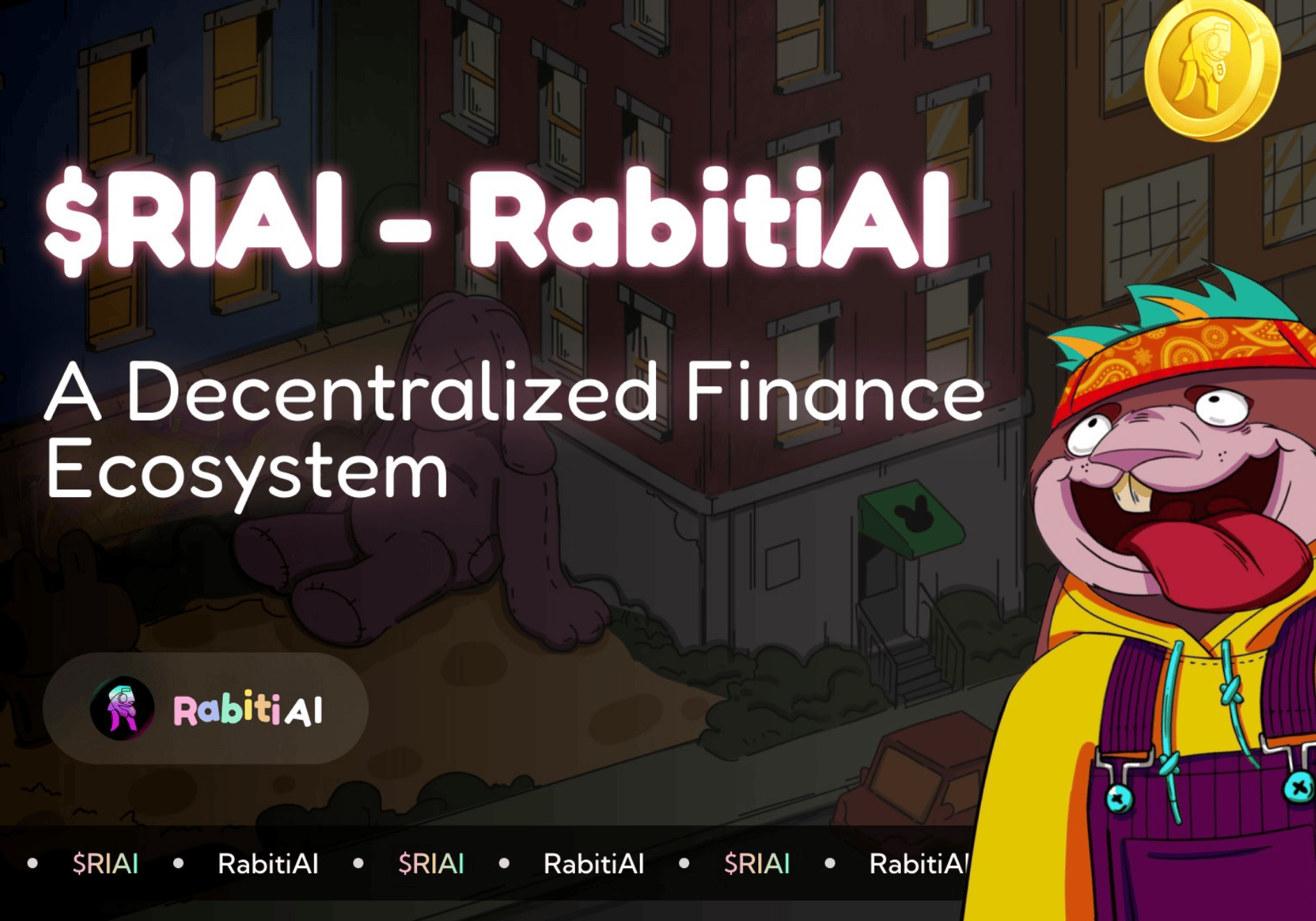Introduction
The cryptocurrency world is a hotbed of innovation, but it’s also a playground for some of history’s biggest financial scams. From Ponzi schemes to shady exchanges, these frauds have drained billions, leaving investors in ruins. This article dives into the top five worst crypto scams ever, breaking down how they worked, their devastating impact, and key takeaways to stay safe. Ready to uncover the dark side of crypto? Let’s dig in.

1. OneCoin (2014–2019) – The $4 Billion Fraud

Overview
OneCoin tops the list of the worst crypto scams of all time, tricking millions into thinking it was the next Bitcoin. At its height, this Ponzi scheme raked in over $4 billion, leaving a trail of financial wreckage worldwide.
How It Operated
Founded by Ruja Ignatova, the self-styled “Cryptoqueen,” OneCoin sold a dream of revolutionary digital currency—except it wasn’t real.
- Fake Blockchain: Unlike Bitcoin, OneCoin had no blockchain, just empty promises.
- Educational Packages: Investors bought pricey “learning” kits that came with OneCoin tokens.
- MLM Trap: Profits came from recruiting others, not real value growth.
OneCoin’s glitzy global events and bold claims—like surpassing Bitcoin—lured people in. Fake price charts even tricked investors into believing their tokens were soaring.
The Fallout
In 2017, Ignatova vanished—rumors say she altered her appearance to dodge the law. Her brother, Konstantin Ignatov, stepped up but landed in cuffs by 2019. Other leaders faced arrests too, yet billions remain lost forever.
Key Takeaways
- Steer clear of “guaranteed” profit pitches—they’re scams in disguise.
- Check for a legit blockchain before investing.
- Watch out for multi-level marketing in crypto—it’s a red flag.
2. BitConnect (2016–2018) – $2.4 Billion Ponzi Collapse

Overview
BitConnect dangled sky-high returns via a mythical “trading bot,” only to crash in 2018, wiping out $2.4 billion in investor funds overnight.
How It Operated
This scam hooked people with promises of riches that were too good to be true.
- Token Swap: Users traded Bitcoin for BitConnect ($BCC) tokens.
- Fake Returns: A lending scheme boasted 1% daily gains—pure fiction.
- Ponzi Core: New investor cash paid the old ones, keeping the illusion alive.
Flashy promos and hype-men like Carlos Matos, with his viral “BitConneeeect!” chant, fueled the frenzy at packed events.
The Fallout
Regulators sniffed out the scam, and on January 16, 2018, BitConnect shut down. The BCC token tanked 90% in hours, crushing dreams and wallets. Founder Satish Kumbhani now faces U.S. fraud charges for one of crypto’s biggest busts.
Key Takeaways
- Daily return promises? Run the other way.
- No tech transparency spells trouble.
- Hype-heavy projects often hide scams—trust facts, not fanfare.
3. FTX (2022) – The $8 Billion Exchange Disaster

Overview
FTX, once a crypto giant, imploded in November 2022 when founder Sam Bankman-Fried (SBF) got caught misusing $8 billion in customer funds.
How It Operated
FTX looked legit—until it didn’t.
- User Deposits: Customers trusted FTX with their crypto and cash.
- Secret Transfers: Billions flowed to SBF’s trading firm, Alameda Research.
- Liquidity Crisis: When withdrawals surged, the truth spilled out—no funds left.
Big names like Tom Brady and massive political donations masked the rot, making FTX a darling of the industry—until it wasn’t.
(Annotation image: SBF at a conference with caption “FTX: From Hero to Zero”)
The Fallout
FTX filed for bankruptcy, and SBF was nabbed and convicted of fraud. Probes showed execs splurging on mansions and toys with user money. The fallout rocked trust in crypto exchanges everywhere.
Key Takeaways
- Don’t park big crypto stashes on exchanges—use wallets.
- Dig into an exchange’s financial health before depositing.
- Even “trusted” platforms can turn rotten—stay skeptical.
4. PlusToken (2018–2019) – $2 Billion Global Rip-Off

Overview
PlusToken, a China-born scam, lured millions with juicy 9–18% monthly returns, pocketing $2 billion before vanishing into thin air.
How It Operated
This Ponzi preyed on greed and inexperience.
- Crypto Deposits: Users poured in Bitcoin, Ethereum, and more.
- Fake Profits: Newbie funds paid fake returns to earlier investors.
- Social Spread: It thrived on WeChat and Telegram hype.
The promise of steady gains hooked victims worldwide, especially in Asia.
The Fallout
Mid-2019, withdrawals froze, and the jig was up. Chinese authorities nabbed some culprits, but the bulk of the loot—tracked via blockchain—got laundered through mixers and exchanges, likely gone for good.
Key Takeaways
- High, fixed returns scream scam—crypto isn’t a cash machine.
- No clear profit source? It’s a fraud waiting to collapse.
- Social media hype doesn’t equal legitimacy—verify first.
5. Mt. Gox (2014) – The $450 Million Hack That Shook Crypto

Overview
Mt. Gox ruled as the top Bitcoin exchange, handling 70% of trades—until a 2014 hack stole 850,000 BTC ($450 million then, billions now), triggering its demise.
How It Operated
Sloppy security and mismanagement doomed Mt. Gox.
- Weak Defenses: Hackers siphoned coins for years unnoticed.
- Internal Mess: Fraud and incompetence made it worse.
- User Losses: Customers’ BTC vanished into the ether.
Despite red flags—like prior breaches—Mt. Gox kept chugging, blind to the storm brewing.
The Fallout
In February 2014, Mt. Gox went bankrupt, leaving users empty-handed. Recovery efforts drag on, but most still haven’t seen their coins. It was crypto’s wake-up call on exchange risks.
Key Takeaways
- Stick to exchanges with top-tier security—check their track record.
- Keep crypto in personal wallets, not exchange accounts.
- Repeated issues at an exchange? Pull out fast.
What Can We Learn from the Worst Crypto Scams?
Crypto’s growth keeps scammers busy, but you can outsmart them. Here’s your shield:
- Research every coin and platform—dig deep, don’t skim.
- Guaranteed profits are a lie—real crypto fluctuates.
- Pick regulated exchanges with solid reps—skip the wildcards.
- Move funds to secure wallets—don’t let exchanges hold them.
- Track crypto laws—shifts can signal trouble brewing.
- Hype-heavy projects? Pause and probe—they’re often hollow.
- Confirm a blockchain exists—fakes won’t have one.
Stay sharp, and you’ll sidestep the next crypto scam waiting to strike. What’s your top tip for staying safe?




